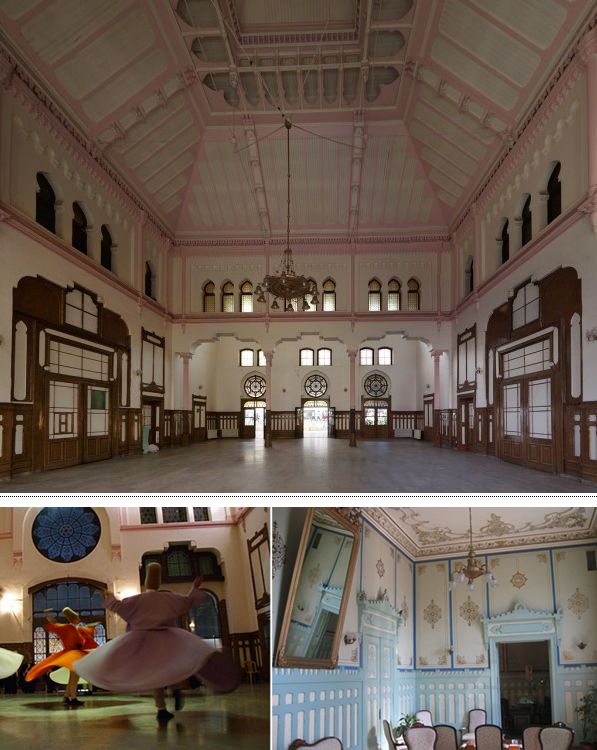|
|
Train Stations Around The World
|
A number of other halts are still open and operational on privately owned, heritage, and preserved railways throughout the British Isles, and the word is often used informally to describe national rail network stations with limited service and low usage, such as the Oxfordshire Halts on the Cotswold Line. The title halt is also sometimes applied colloquially to stations served by public services but not available for use by the general public, being accessible only by persons travelling to/from an associated factory (for example IBM near Greenock and British Steel Redcar), military base (such as Lympstone Commando) or railway yard. The only such stations where the "halt" designation is still officially used are IBM Halt and Hoo Junction Staff Halt on the North Kent Line, which is used by staff to access marshalling yards and is not open to passengers.
The Great Western Railway, in Great Britain, began opening haltes on 12 October 1903; from 1905, the French spelling was anglicised to 'halt'. These GWR halts had the most basic facilities, with platforms long enough for just one or two carriages; some had no platform at all, necessitating the provision of steps on the carriages. There was normally no station staff at a halt, tickets being sold on the train. On 1 September 1904, a larger version, known on the GWR as a 'platform' instead of a 'halt', was introduced; these had longer platforms, and were usually staffed by a senior grade porter, who sold tickets, and sometimes booked parcels or milk consignments.
In many Commonwealth countries, the term "halt" is still used.
In the United States, such stations are now referred to as flag stops.
|
|









